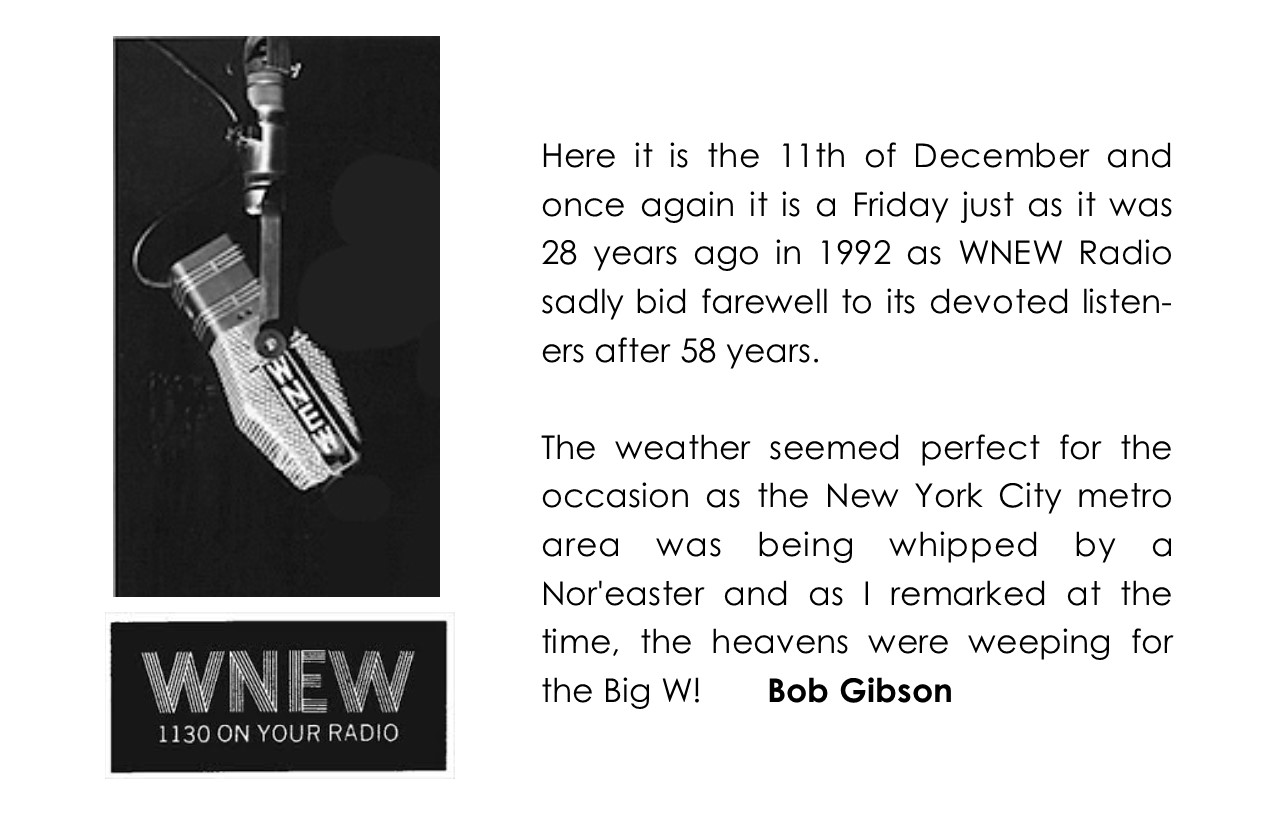The Ballad Of The Long Island Railroad Gene Klavan
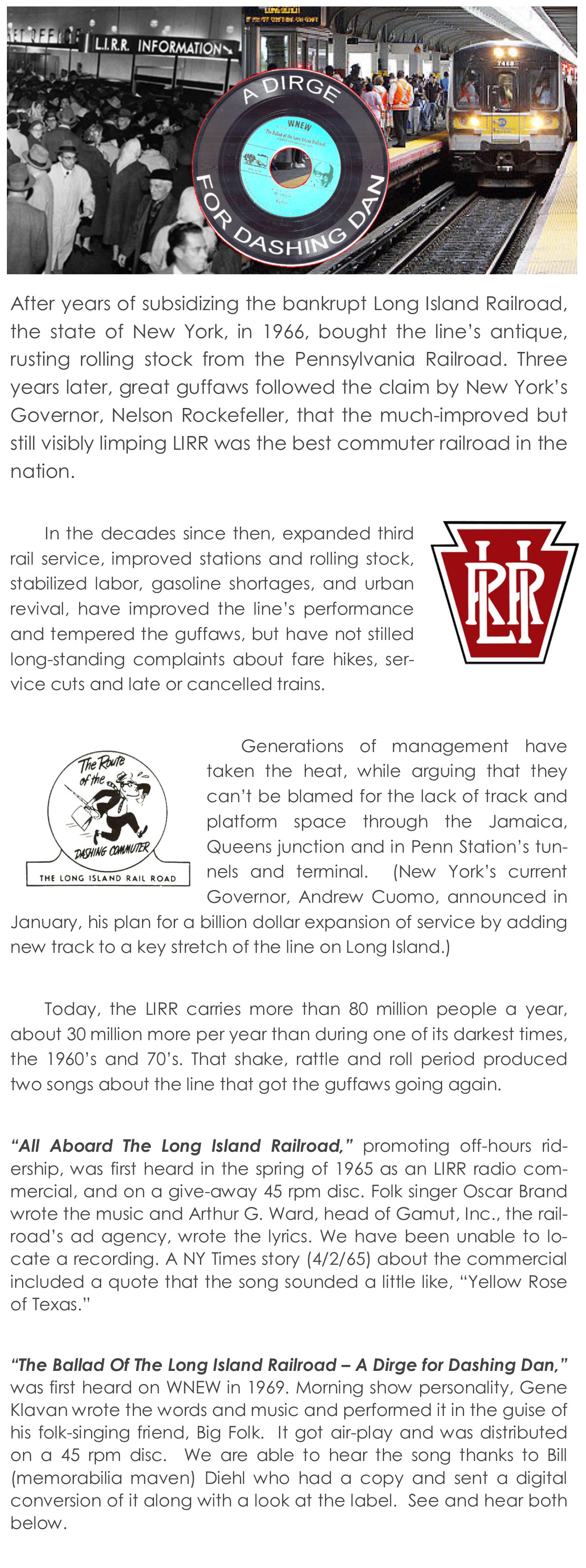
Ballad Of The Long Island Railroad – Gene Klavan (1:11)
Gene Klavan’s “Ballad Of The Long Island Railroad” was first published here in 2013.
-ECB-

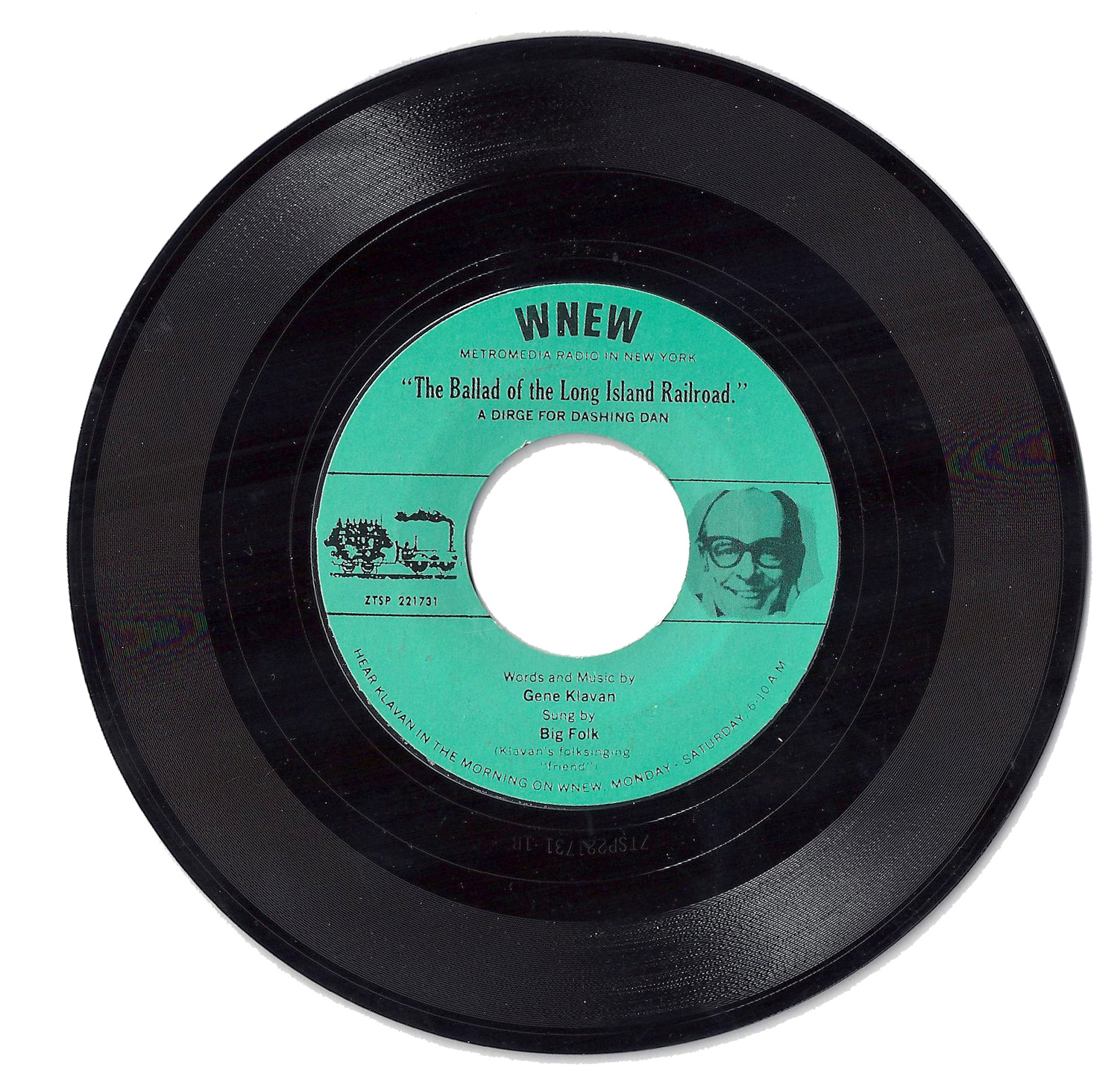
Gene Klavan’s “Ballad Of The Long Island Railroad” was first published here in 2013.
-ECB-
Louis Prima, Dinah Shore, unidentified woman, Perry Como, Eddie Fisher, Grace Kelly, Ross Martin and Paul Winchel
Image courtesy of the archives of Bill Diehl
—–
Image courtesy of the archives of Edward Brown
Photo link for Radio’s First 75 Years, submitted by Bill Diehl
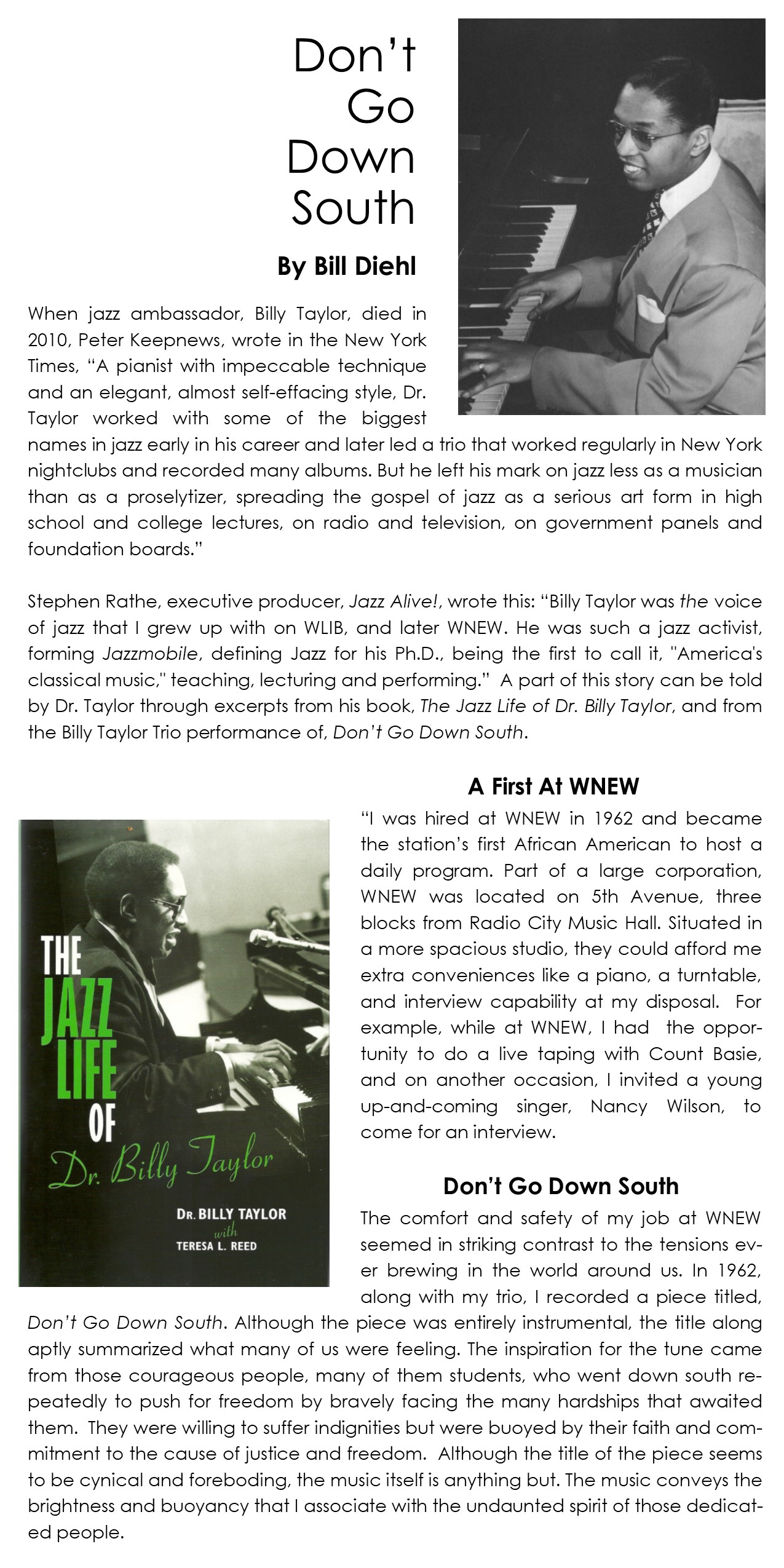
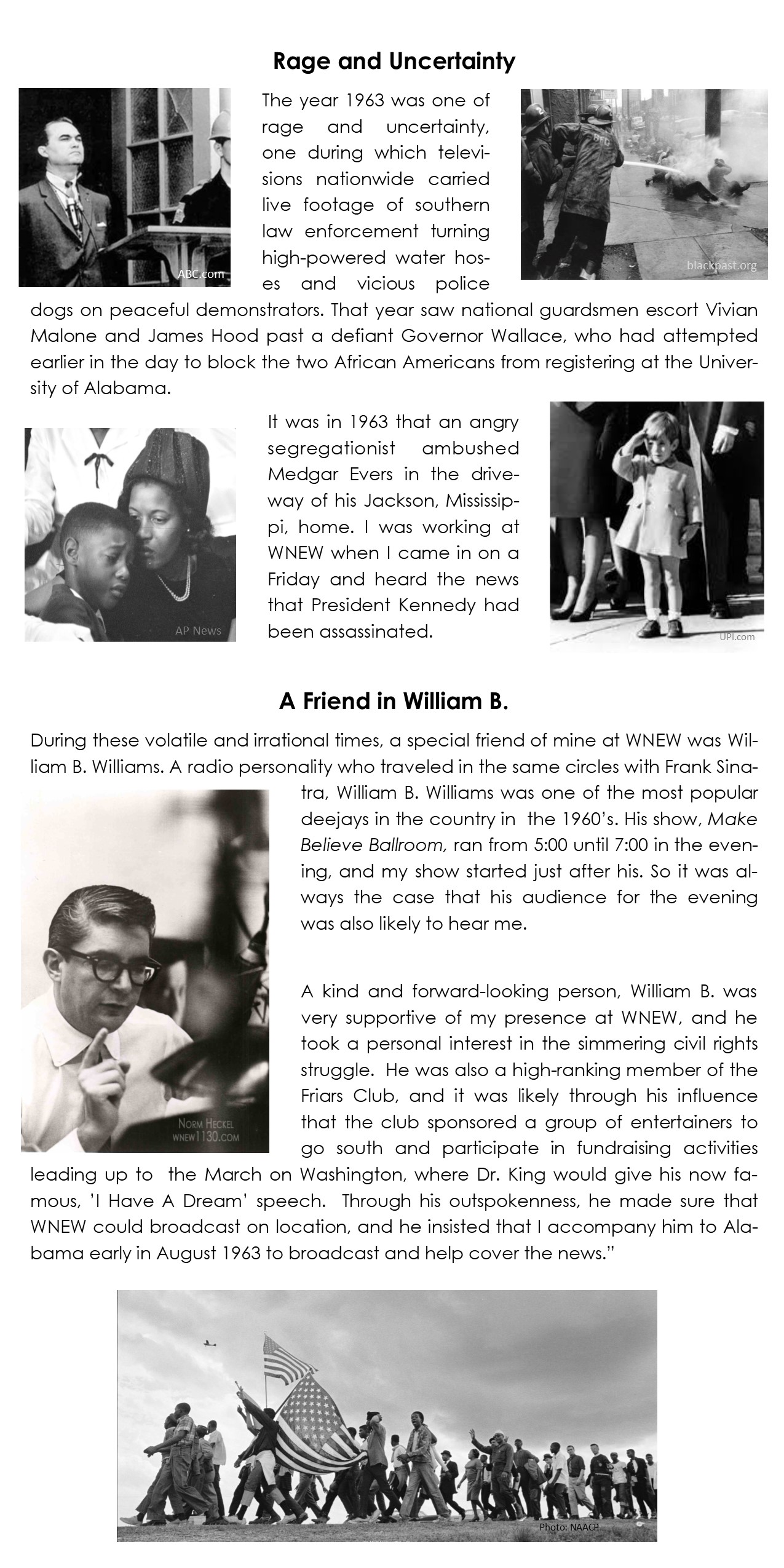
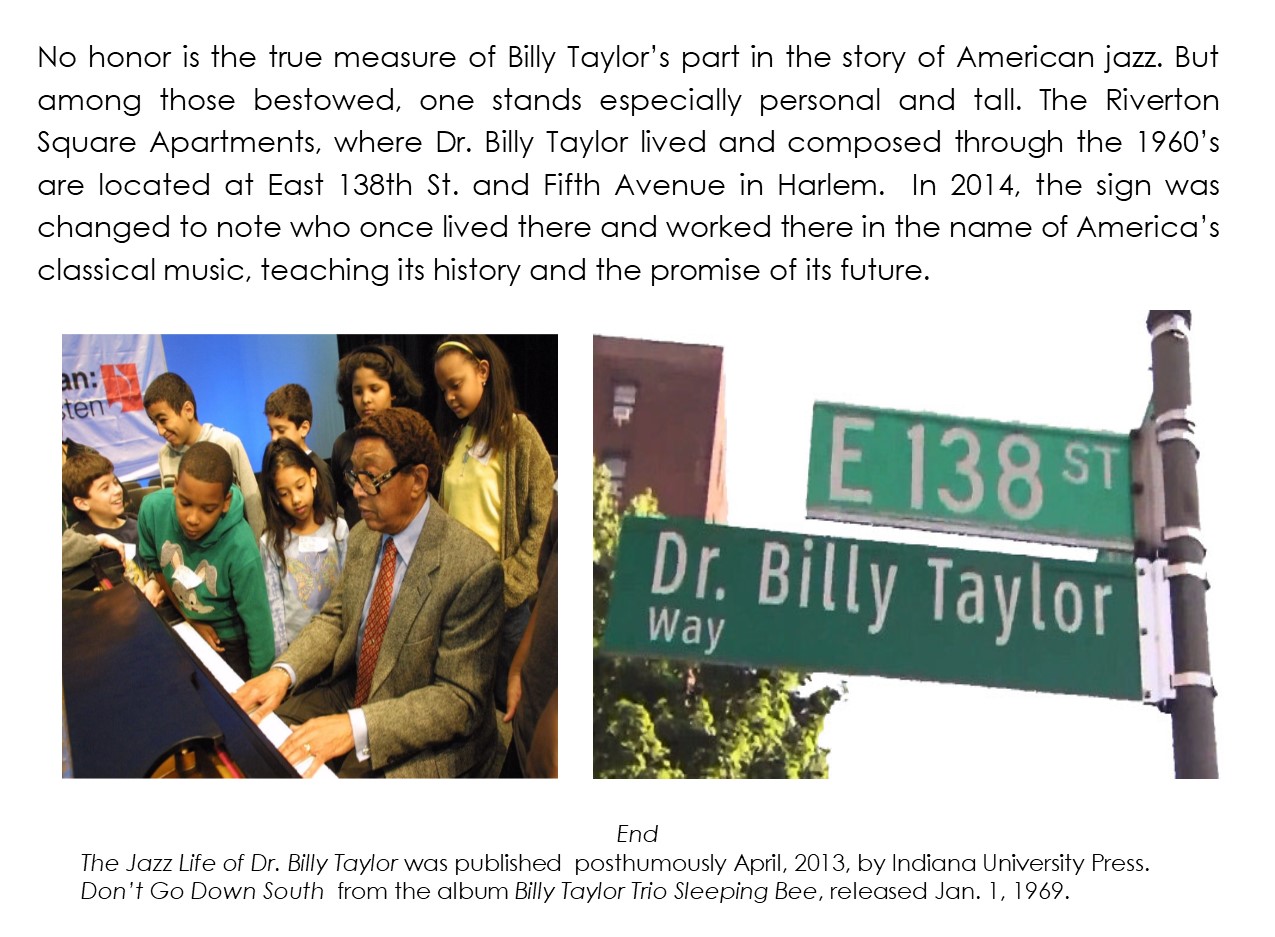
Read more about Billy Taylor
https://wnew1130.com/music-2/staff/q-r-s-t/billy-taylor-2/
Billy Taylor videos
